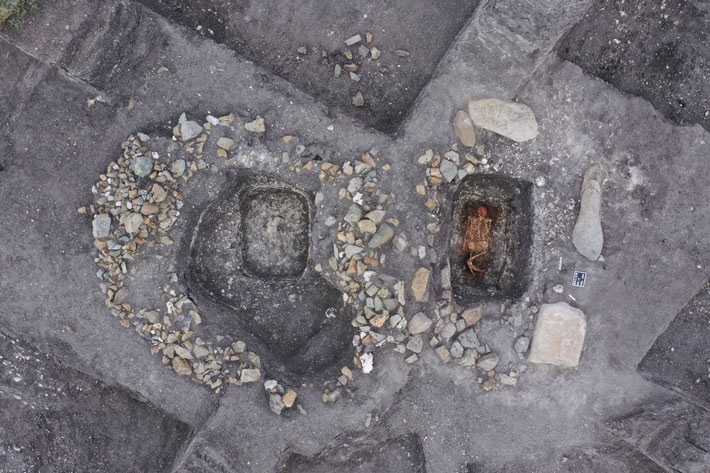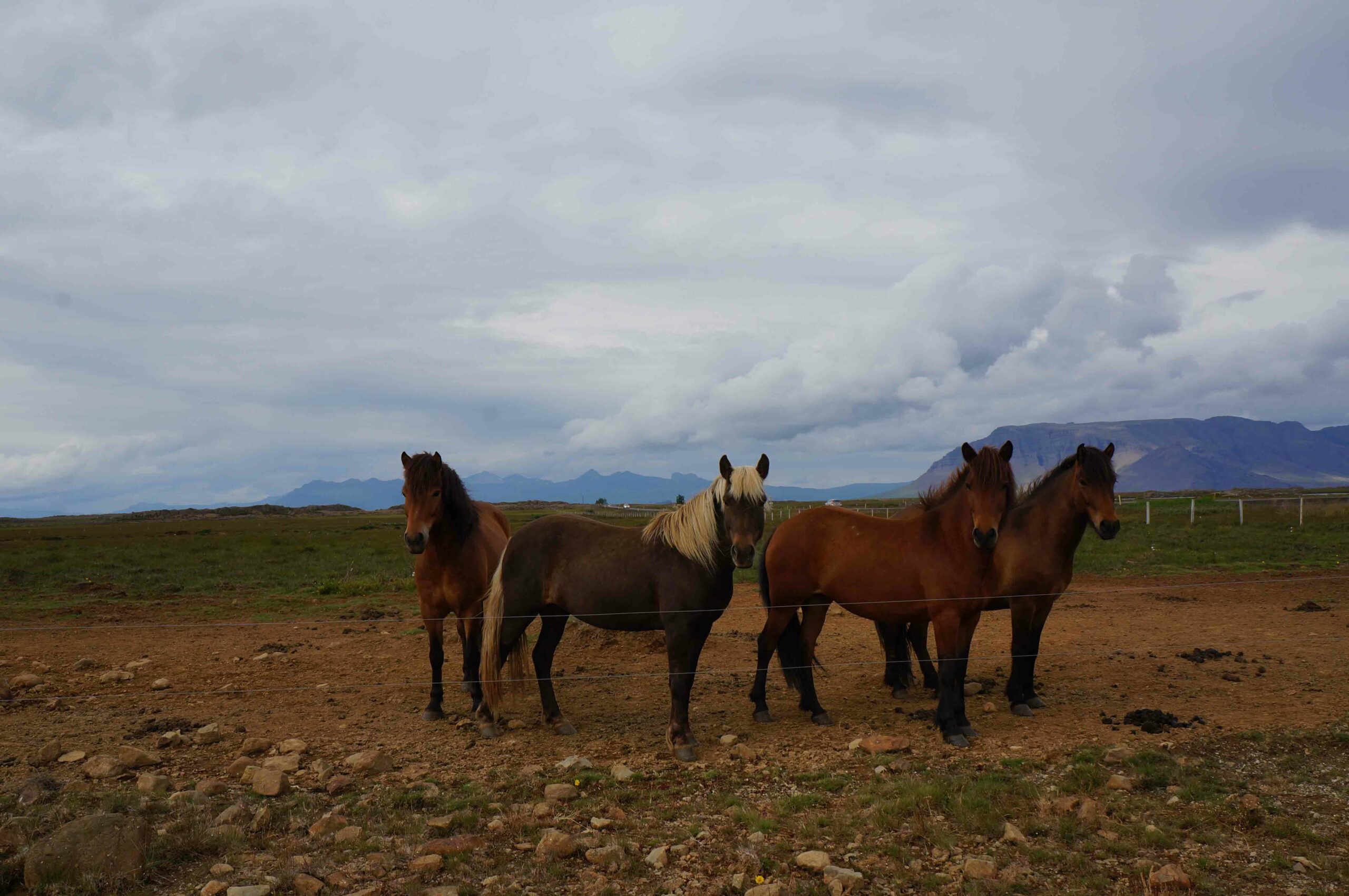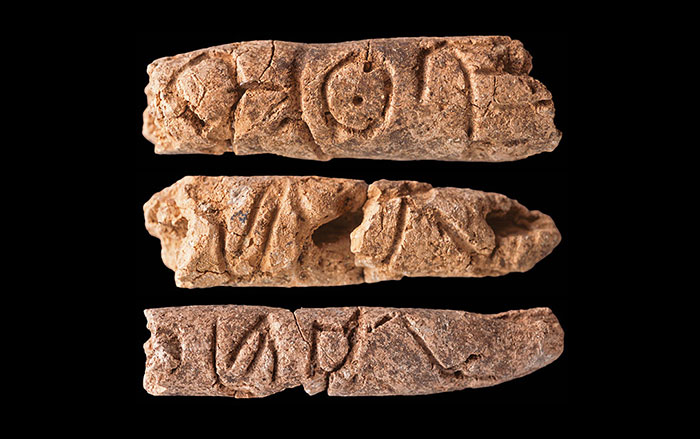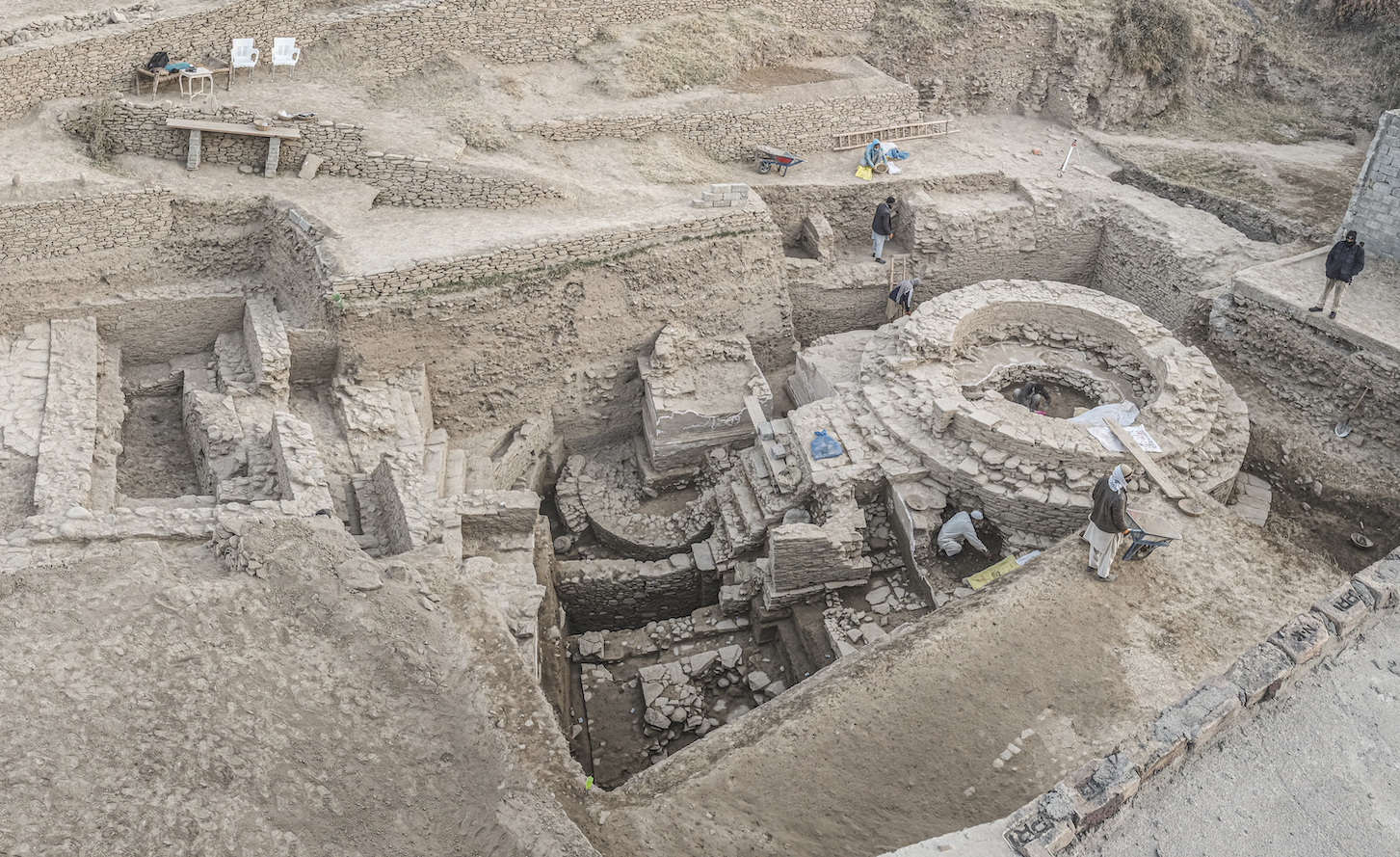
HELSINKI, FINLAND—A new analysis of 217 sets of human remains unearthed from 39 sites in Eastern Europe suggests that the Yamnaya people began riding horses at least 5,000 years ago, according to a Live Science report. Although many of the bones were poorly preserved, Martin Trautmann of the University of Helsinki and his colleagues found wear and tear on 24 of the skeletons that was likely to have been caused by regular horseback riding. Such wear and tear can include degeneration of the bones in the spine and changes to the leg and hip bones. Five Yamnaya individuals from Romania, Bulgaria, and Hungary were likely skilled equestrians as early as 3000 B.C., Trautmann added. He estimates that as many as 30 percent of adult Yamnaya men rode frequently, probably in connection with herding. Horseback riding would also help to explain the rapid spread of the Yamnaya across Eurasia, the researchers concluded. Read the original scholarly article about this research in Science Advances. To read about the history of horses in human culture, go to "The Story of the Horse."










